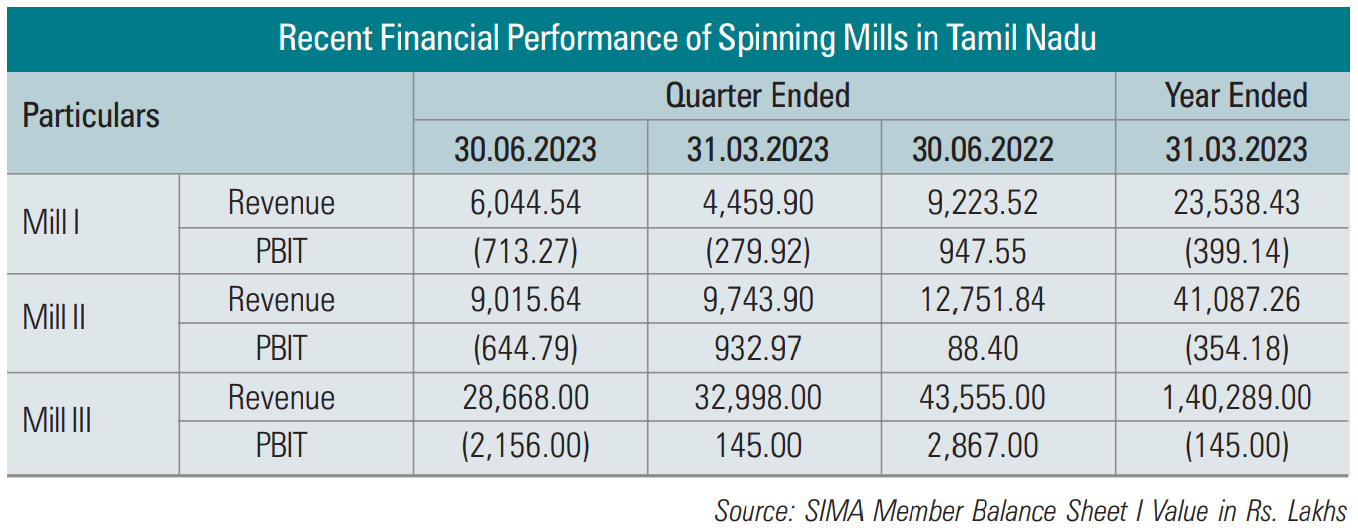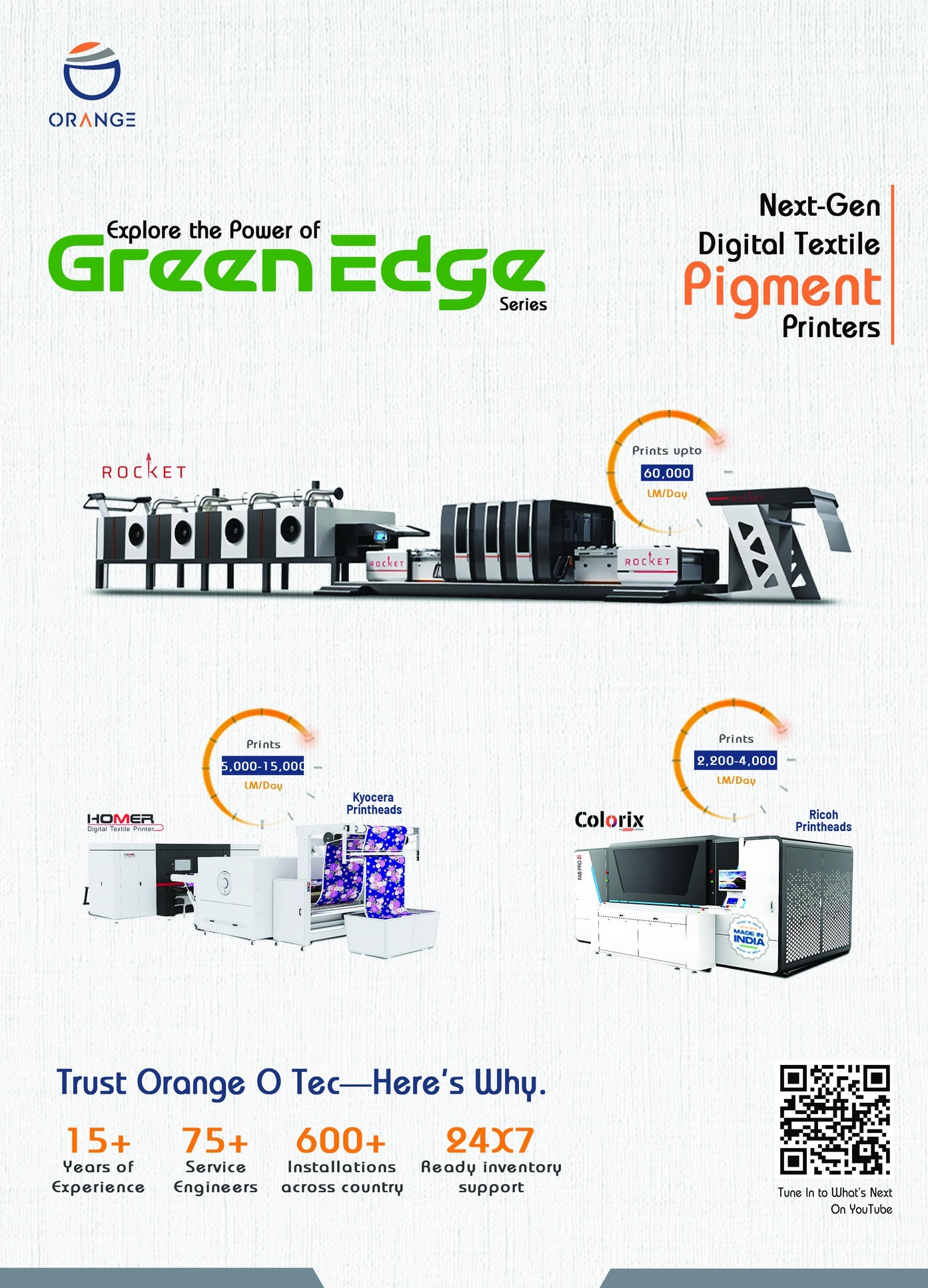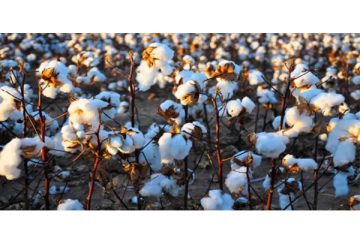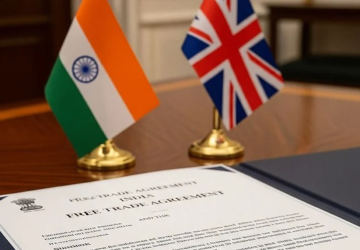
Why not cotton be declared an “industrial’ raw material? This is a matter on which the Central Government has to take a decision. The move comes from textile industry leaders. With “compelling” reasons adduced by them, a favourable decision is likely. First cotton, a natural fibre, has wide-spread use. It is extensively used in the textile industry to produce a wide range of products, including clothing, home furnishings and industrial fabrics.
Cotton is th start of the value addition process in the value chain-from cotton to yarn, yarn to fabrics, fabrics to garments and garments to bed sheets etc., The industry is varied in nature – the organised mill sector at one end of the spectrum and the handloom and powerlooms in the unorganised sector on the other. Nearly, the bulk of the industry is in the MSME category (Micro, small and medium enterprises).
Another reason is the versatility of the fibre. Beyond textiles, cotton seed oil is used in food industry and cotton linters are used in the manufacture of paper film and other cellulose-based products. Furthermore cotton has economic significance. It is a major cash crop and plays a key role in the economies of several countries, helping to generate millions of jobs in farming, processing and manufacturing sectors.
In India, the textile sector provides over 35 million jobs, especially for rural women below the poverty line, making it the second-largest employer after agriculture. It contributes significantly to industrial production and foreign exchange through exports, with minimal imports, such as embellishments like buttons. With a $40 billion export turnover, imports account for only $2 million, reflecting the high value addition in the sector. Cotton remains in high demand globally, supporting its importance as a raw material. While India imports around 20 lakh bales of cotton, it only represents 5% of domestic production and doesn’t impact farmers. However, imports from Australia carry a 5% price premium, making Brazilian cotton more cost-effective. About 60% of India’s cotton is bought by traders.
To achieve the $50 bn target of the size of the textile industry by 2030, raw material supplies at global prices can only ensure competitiveness. No subsidy will help. There is called a special Advance Authorisation Scheme for import of raw materials. But that does benefit only 10 percent of mills. The rest do not undertake direct exports and so cannot qualify to import. Only vertically integrated textile mills will be able to take advantage of the scheme.
India has emerged as the second most sought after manufacturing destination across the world, indicating the growing interest shown by Indian manufacturers as a preferred manufacturing hub over other countries. Looking forward, the Indian textile and apparel market is projected to reach $34.41bn by 2027, a Compounded Aggregate Growth Rate (CGAR) of 14.8 percent during 2022-27.
As per government data, India’s attractiveness as a manufacturing hub for textiles and apparel will depend on the attractiveness of its domestic market and investment in high – end machinery, product in emerging areas like technical textiles and man-made fibres.
Currently the Indian T and A market (Textile and Apparel) size is estimated at $ 153 million – 70 percent of which is domestic consumption and the rest exports. The overall domestic market stands at 110 bn. In terms of global ranking, India is second in textile exports with a 7 percent share. Overall, India holds the fourth place with a 5 percent share in global exports.
The T and A sector have a huge potential for Foreign Direct Investment (FDI) due to a surge in demand for industrial and technical textiles. The sector generates high level of employment opportunities for skilled and unskilled labour Hundred percent FDI through the automatic route is allowed in India, besides offering production-linked incentive scheme worth $ 1.44 bn. The 100 percent FDI is in single – brand retail and upto 51 percent in multi brand retail.
The Central Government is actively supporting the textile sector through various policy measures, including capacity building, the amended Technology Upgradation Fund Scheme, National Textile Missions, the Production Linked Incentive Scheme (PLI), and the PM Mega Integrated Textile Region and Apparel (PM MITRA) initiative. In addition, states like Tamil Nadu, Jammu and Kashmir, Jharkhand, Bihar, Karnataka, Gujarat, Odisha, and Uttar Pradesh are introducing sector-specific policies and offering attractive incentives to attract investment. The future of the industry looks bright, driven by strong domestic consumption, rising household incomes, a growing population, and increasing demand from sectors like housing, hospitality, and healthcare.

















